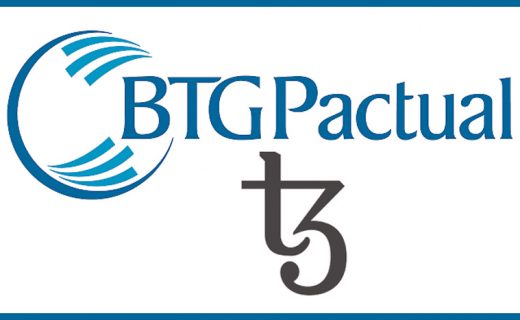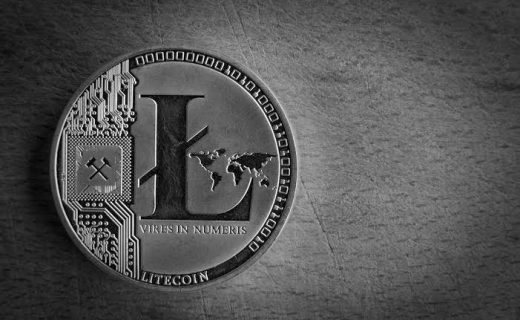To make the correct investments in blockchain technology, we need to have a framework to assess them. Having a framework also means having the necessary data points. This article is about finding and using the correct data points.
The promise of blockchain technology is capturing the imaginations of investors, entrepreneurs and innovators alike. But what many people do not know is how perilous the blockchain journey ahead still is. Investors must do their due diligence in navigating these new and uncharted seas — making the right investments in the right blockchain technologies to unlock that promised potential.
If you are considering making technology investments, think about the end state: your vision. How will this technology fit within your existing technology infrastructure? You need to put on your far- and short-sighted glasses:
First, what will the near future (1–2 years) of the blockchain ecosystem look like?
Second, how will this blockchain technology integrate with your existing infrastructure?
Does it complement your technology investments thus far?
Does it mitigate or add to any burdens in your existing technological landscape?
All of these questions should inform your purchasing decision.
Questions surrounding scalability, integration points, data interoperability and security are not easy questions to answer, but they must be considered. Some potential investors will be blinded by the sheer potential (or hype) of the technology and will completely ignore these realities. As appealing as blockchain technology is, it’s not for everyone. Some enterprise investors are not at the maturity stage to adopt it yet, and this is not an easy pill to swallow.
Blockchain is a nascent technology and much work is still being done in the areas of interoperability (e.g., ISO/TC 307, Ripple ILP, Hyperledger Quilt, etc.). These are challenges to consider. It is important to understand that, in order to realize the full potential of blockchain technology, some elements of integration with your legacy system are probably still going to be necessary.
Consider also how your private blockchain can be integrated with public blockchains — we live in a less-than-perfect world where there are multiple blockchains. Will the blockchain be on cloud or on-premises? These are questions you’ll need to answer; in fact, these very questions will also serve as inputs to your technology adoption framework.
As blockchain technology speeds toward standardization (via International Standard Organization, etc.) and interoperability (Interledger Protocols, Hyperledger Quilt, etc.), we also need to ask ourselves if having too many standards will stifle innovation and whether integration and interoperability are antithetical to the core tenet of blockchain technology, which is decentralization.
Finally, the benefits of interoperable and integrated blockchains are many: improved governance, interoperability, process automation, further cost savings and perhaps even cross-chain atomicity.
Despite the many challenges when it comes to adopting blockchain technology, these challenges are not unique to the blockchain. Every new piece of technology goes through phases of uncertainty and exploration.





Comments are off this post!